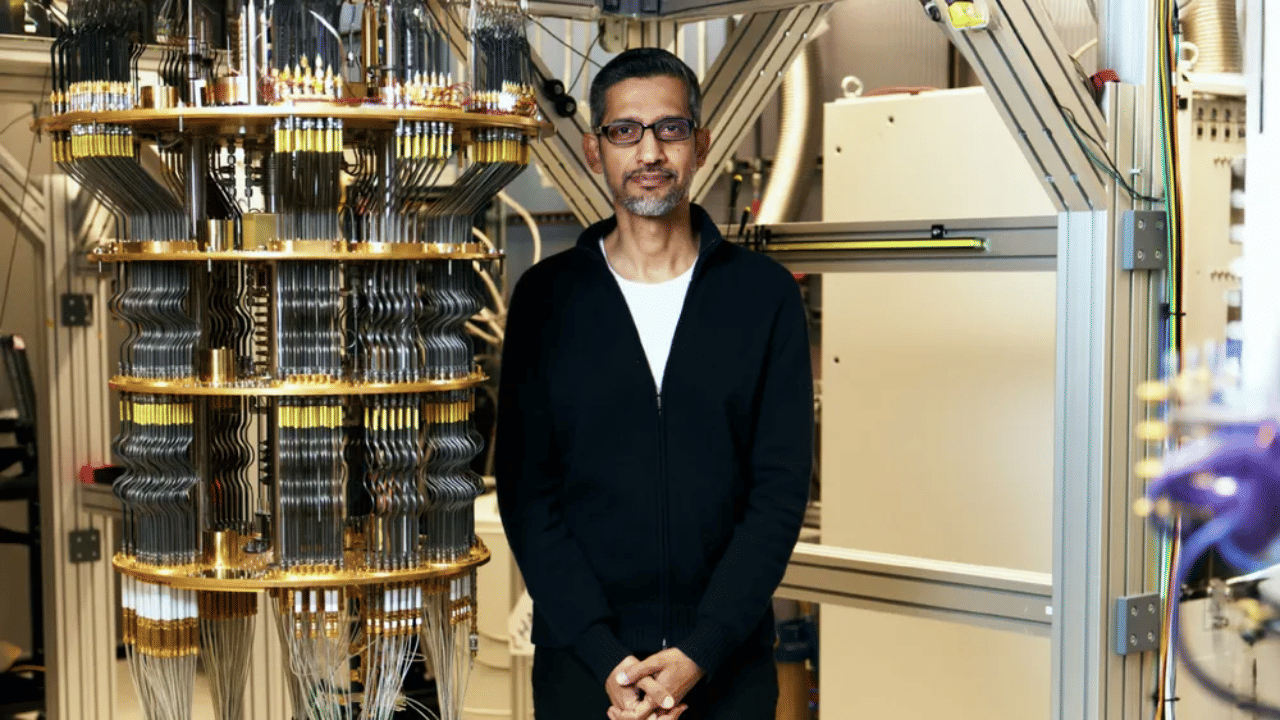New Delhi: Google has made another massive breakthrough in computing with the announcement that its Willow quantum processor has made the first verifiable quantum advantage in the world, a milestone scientists and technologists have long been waiting to see. The breakthrough was published in Nature on October 22, 2025, and the new algorithm called Quantum Echoes is 13,000 times faster than one of the fastest computers in the world. These results can also be readily checked and recreated by other quantum systems, unlike earlier displays of quantum supremacy.
The discovery was celebrated by Google CEO Sundar Pichai as one step toward real-world uses of quantum computing. “Our Willow chip is the first to attain a verifiable quantum benefit,” posted on X by Pichai. The algorithm is capable of describing the interactions among atoms within a molecule by the use of nuclear magnetic resonance, which opens the way to future applications in drug discovery and materials science. The Willow chip operates on 105 high-fidelity qubits and has not only provided improved speed but also unmatched precision, a combination that has the potential to bring quantum computing a bit closer to practice.
New breakthrough quantum algorithm published in @Nature today: Our Willow chip has achieved the first-ever verifiable quantum advantage.
Willow ran the algorithm – which we’ve named Quantum Echoes – 13,000x faster than the best classical algorithm on one of the world’s fastest… pic.twitter.com/hTXl9s21Hh
— Sundar Pichai (@sundarpichai) October 22, 2025
Quantum echoes breakthrough
The first discovery is the Quantum Echoes algorithm, which quantifies a phenomenon called the Out-of-Time-Ordered Correlator, a quantum process that assists scientists to comprehend the process by which atomic particles interact. The technique enables scientists to model and predict complicated molecular structures which cannot be effectively solved by the traditional supercomputers.
Google scientists proved that the algorithm was capable of emulating quantum spins of atomic nuclei – small magnetic interactions that disclose the structure of a molecule. In this manner, Quantum Echoes provides a more detailed perspective of the molecular behaviour in comparison to the state-of-the-art nuclear magnetic resonance (NMR) methods.
A step towards real-world quantum applications
These discoveries may transform disciplines such as drug design, materials science and molecular chemistry by providing solutions to complex systems quicker and more accurately. According to Google Quantum AI researchers, this is the moment when quantum computing transitioned to an applied science, rather than a theoretical one.
Nevertheless, other professionals are wary. According to quantum physicists, the results are impressive, but improvements are yet to be made on the hardware to support larger, noisier systems. The common view is apparent: the Willow chip announced by Google is a milestone in the quest towards a practical quantum computer.
